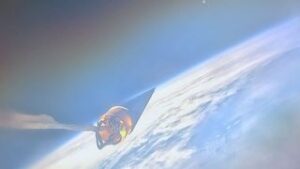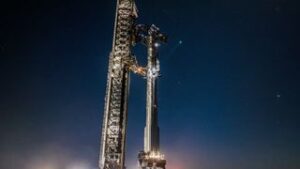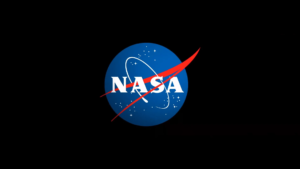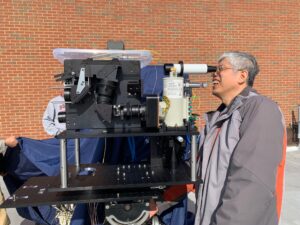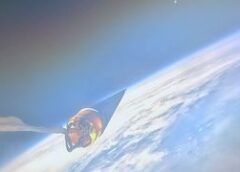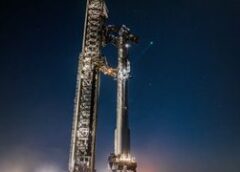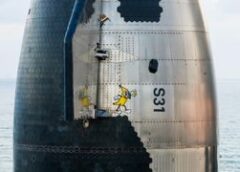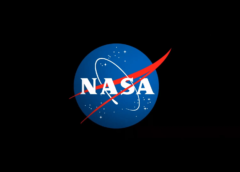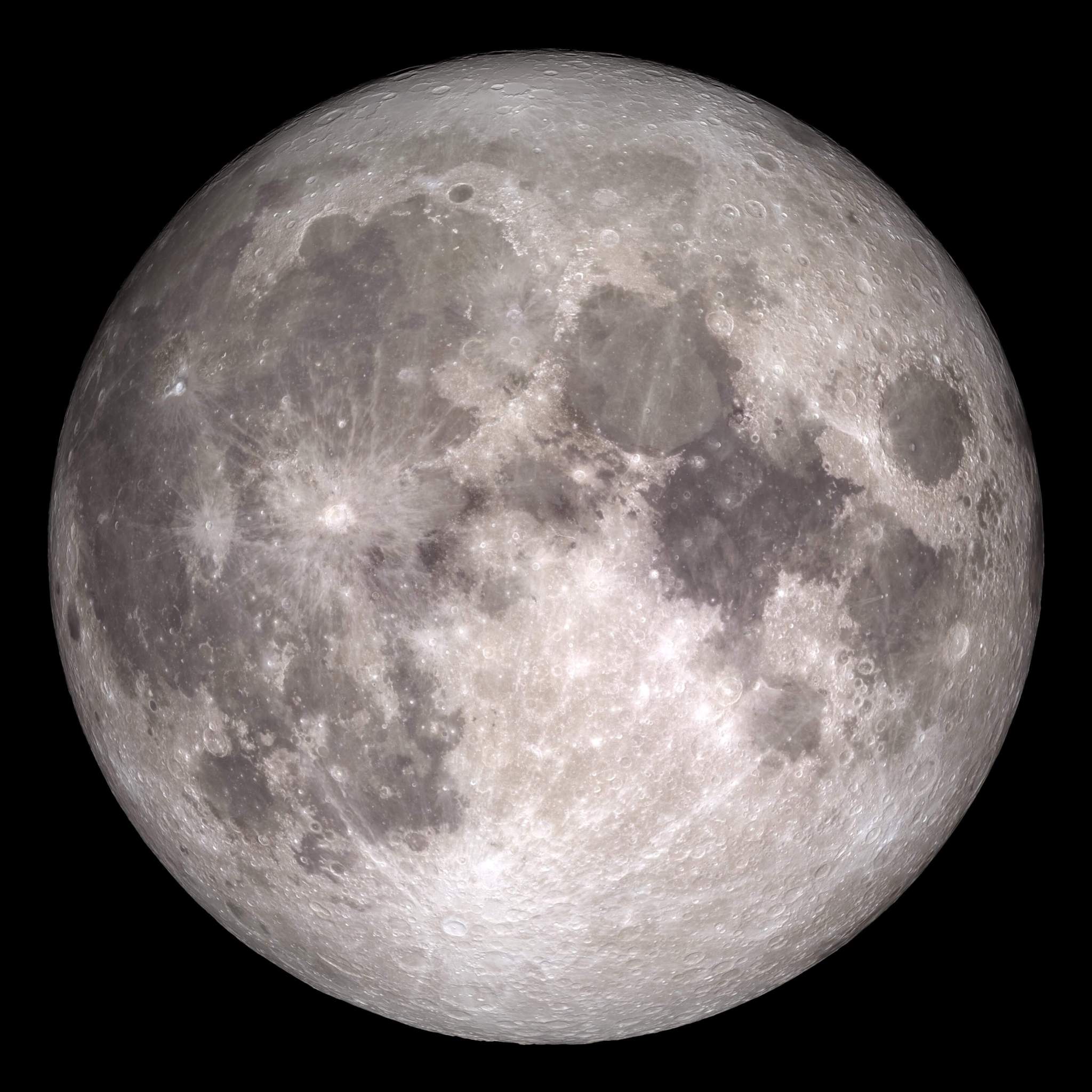A new timelapse shows a moon rocket for astronauts under construction at NASA, ahead of the 2024 launch. The twin rocket boosters for Artemis 2 will add oomph to NASA‘s powerful Space Launch System rocket, which will launch four astronauts on a mission to the moon in 2024. Each Northrop Grumman-made solid rocket booster weighs 1.6 million pounds (720,000 kg), which NASA officials have said is the equivalent mass of four blue whales. The massive boosters arrived at NASA’s Kennedy Space Center (KSC) by train in early October, following construction…
Read MoreNASA’s SWOT satellite maps nearly of all Earth’s water (video)
NASA shared striking views of nearly all of Earth’s water in new maps of the planet’s global sea levels. Data from the Surface Water and Ocean Topography (SWOT) satellite was used to create an animation that shows the varying surface heights of the planet’s oceans and freshwater lakes and rivers. The data was collected during SWOT’s first full 21-day science orbit, which started on July 26 and ended on Aug. 16, according to a statement from NASA. Already, scientists are thrilled with the data the satellite is providing. “The detail…
Read MoreSci-fi inspired tractor beams are real, and could solve a major space junk problem
In science fiction films, nothing raises tension quite like the good guys’ spaceship getting caught in an invisible tractor beam that allows the baddies to slowly reel them in. But what was once only a sci-fi staple could soon become a reality. Scientists are developing a real-life tractor beam, dubbed an electrostatic tractor. This tractor beam wouldn’t suck in helpless starship pilots, however. Instead, it would use electrostatic attraction to nudge hazardous space junk safely out of Earth orbit. The stakes are high: With the commercial space industry booming, the…
Read MoreSupporting Scientists and Educators in Engaging Families in Puerto Rico
3 min read Supporting Scientists and Educators in Engaging Families in Puerto Rico In November 2023, the Planetary Resources and Content Heroes (ReaCH) team facilitated a Culturally Inclusive Planetary Engagement workshop for and with scientists and educators in Puerto Rico. During the two-day workshop, planetary scientists and informal educators explored the importance of building equitable partnerships, learned about evidence-based, culturally relevant, authentic approaches to engaging Latinx and Black audiences, and practiced planetary science engagement approaches through a culturally inclusive lens. The workshop was informed by an advisory board of scientists…
Read MoreThe ‘safe’ threshold for global warming will be passed in just 6 years, scientists say
Global carbon emissions are on track to exceed safe limits by 2030 and unleash the worst effects of climate change, new research suggests. This means we have just six years to change course and dramatically reduce greenhouse gas emissions. A new estimate of our remaining carbon budget — the amount of carbon dioxide we can produce while keeping global temperatures below a dangerous threshold — indicates that, as of January, if we emit more than 276 gigatons (250 metric gigatons) of CO2 we will hit temperatures 1.5 degrees Celsius (2.7…
Read MoreTrack the ISS with NASA’s new ‘Spot the Station’ mobile app
Space fans hoping to catch a glimpse of the International Space Station streaking across the sky are getting a much-needed digital tool. NASA just released a new “Spot The Station” app, which can be downloaded for free on iOS and Android devices. The application improves upon the space agency’s official “Spot the Station” website, delivering added capabilities and information to expand the International Space Station (ISS) tracking experience for both casual stargazers and NASA acolytes. Related: Track the ISS: How and where to see it NASA’s “Spot the Station” app…
Read MoreJames Webb Space Telescope could soon solve mysteries of the Milky Way’s heart
Ever since astronomers first laid their eyes on the sparkling spiral arms of our home galaxy, the Milky Way, they have wondered what processes might drive the evolution of these massive, star-studded structures. Presumably, those same processes are why we see such a stunning diversity of galactic neighborhoods in the observable universe, which contains an estimated 2 trillion galaxies with unique sizes, shapes and compositions. So, in an effort to further our understanding of galactic evolution, over 100 astronomers from over 80 institutions around the world have called for the…
Read MoreNASA Invites Media to First Astrobotic, ULA Robotic Artemis Moon Launch
The first United States commercial robotic landing on the Moon’s surface as part of NASA’s Commercial Lunar Payload Services initiative and Artemis program are scheduled to occur in early 2024. Credit: NASA/LRO Media accreditation is open for the first United States commercial robotic flight to the Moon’s surface as part of NASA’s CLPS (Commercial Lunar Payload Services) initiative and Artemis program. Carrying NASA and commercial payloads, Astrobotic will launch its Peregrine lander on United Launch Alliance’s (ULA) Vulcan rocket no earlier than Sunday, Dec. 24, from Space Launch Complex 41 at…
Read MoreSmithsonian debuts 1st display of asteroid Bennu sample brought back by OSIRIS-REx
A sizable crowd turned out to see a small rock on Friday (Nov. 3), as the Smithsonian debuted the first display of a piece of the asteroid Bennu from the sample brought back to Earth by NASA’s OSIRIS-REx mission. The institution’s National Museum of Natural History in Washington, D.C. hosted NASA Administrator Bill Nelson and other space agency and Smithsonian officials at an unveiling ceremony for the well-traveled pebble. The OSIRIS-REx (Origins, Spectral Interpretation, Resource Identification, and Security-Regolith Explorer) spacecraft safely landed its sample return capsule on Sept. 24 in…
Read MoreThese high-tech buzzers may help astronauts avoid getting lost in space (video)
Wearable tech which alerts astronauts of dangers could one day help astronauts from getting lost in space, but it would require a trust for technology deeper than what humans currently have. Researchers at Brandeis University in Massachusetts are developing devices which buzz like cellphones to give a tactile ‘nudge’ that can help wearers orient themselves correctly. The NASA-funded study shows the cues could help astronauts fight jolts of confusion, known to scientists as spatial disorientation, arising from temporarily obscured vision, like when flying through a thick layer of clouds or…
Read More